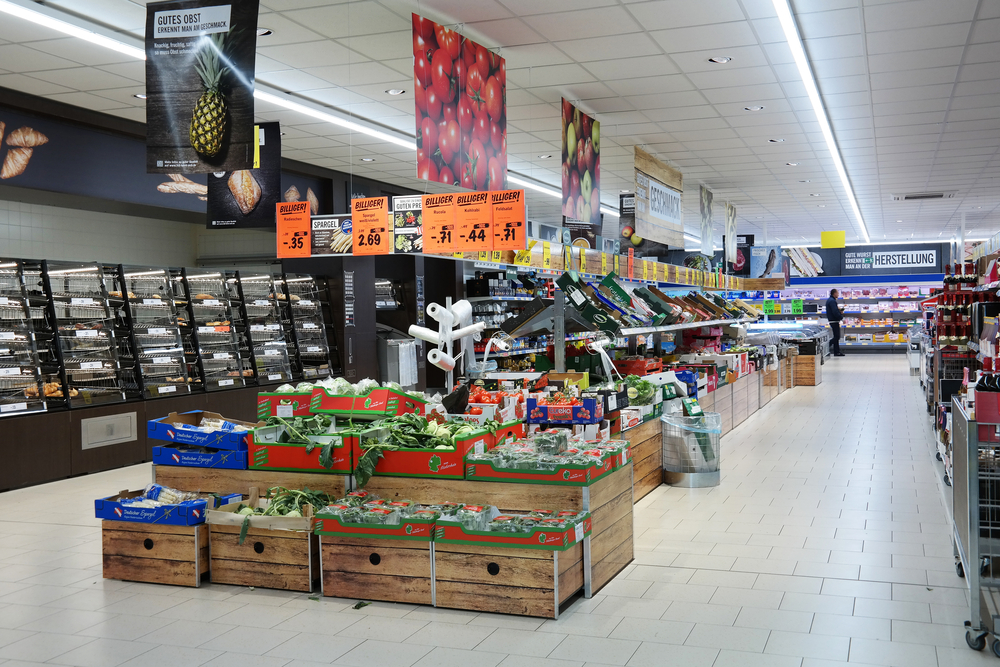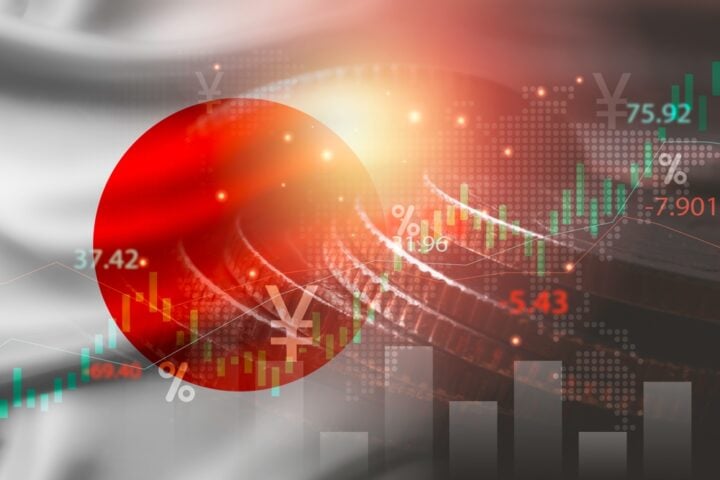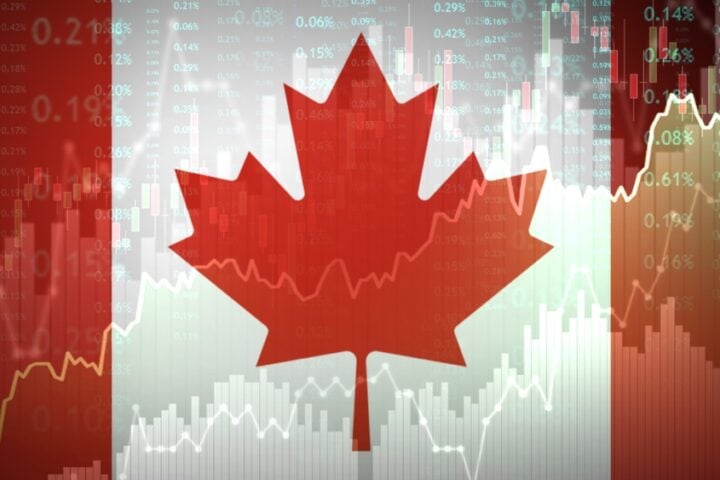According to the Federal Statistics Office, Germany’s producer prices fell more than anticipated in September, registering a 1.4% year-on-year decline, primarily driven by a substantial drop in energy prices. This marks the 15th consecutive monthly decline in producer prices, raising concerns about the broader economic outlook and potentially influencing European Central Bank (ECB) monetary policy decisions in the coming months.
Energy Prices Drive Producer Price Decline
The September dip in German producer prices was significantly influenced by the sharp decrease in energy costs, which fell by 6.6% compared to the previous year. Mineral oil products, in particular, experienced a staggering 14.4% drop. Analysts had predicted a smaller decline of 1.0%, but the greater-than-expected fall suggests more considerable pressure on energy markets.
Excluding the impact of energy prices, however, German producer prices were up 1.2%. This rise is attributed to higher costs for capital, consumer, and intermediate goods, signaling that inflationary pressures persist in other segments of the economy despite energy relief.
EU-Harmonized Inflation and German Economy
German inflation, harmonized with EU standards, slightly improved in September, easing to 1.8% from 2.0% in August. While this decline offers some respite, the persistent drop in producer prices is raising questions about the overall health of the German economy and its potential impact on the Eurozone.
The monthly decline in producer prices was also more pronounced than expected, falling 0.5%, exceeding the forecasted 0.2% drop. This adds to a series of concerns about economic weakness in Europe’s largest economy, fueling speculations about potential future ECB interventions.
Impact on ECB Monetary Policy
The continued slide in producer prices could heighten investor expectations for a possible ECB rate cut in December. Last week, the ECB already took action, reducing interest rates by 25 basis points while signaling a data-dependent stance for future decisions. The fall in German prices, coupled with weak demand, may increase pressure on the central bank to implement further monetary easing.
However, for a December rate cut to materialize, analysts suggest that upcoming Eurozone Consumer Price Index (CPI) data will need to confirm further signs of slowing demand. The ECB’s next moves will largely depend on how these broader inflation trends develop across the Eurozone.
EUR/USD Response to the Data
The release of the German producer price data had an immediate impact on the EUR/USD currency pair. Before the figures were made public, the EUR/USD had climbed to a high of $1.08713. However, as soon as the weaker-than-expected numbers were released, the pair dropped to a post-data low of $1.08557.
On Monday, October 21, the EUR/USD was down 0.09%, hovering around $1.08557, reflecting market reactions to both German economic data and the broader speculation surrounding the ECB’s monetary policy direction.
Germany’s falling producer prices, driven by sharp drops in energy costs, present a complex economic picture as inflationary pressures in other sectors persist. As the ECB maintains a cautious stance, the coming months will be crucial in determining whether further rate cuts are necessary. Investors and economists will closely watch Eurozone CPI reports and continued developments in German pricing trends to gauge the ECB’s next steps.







